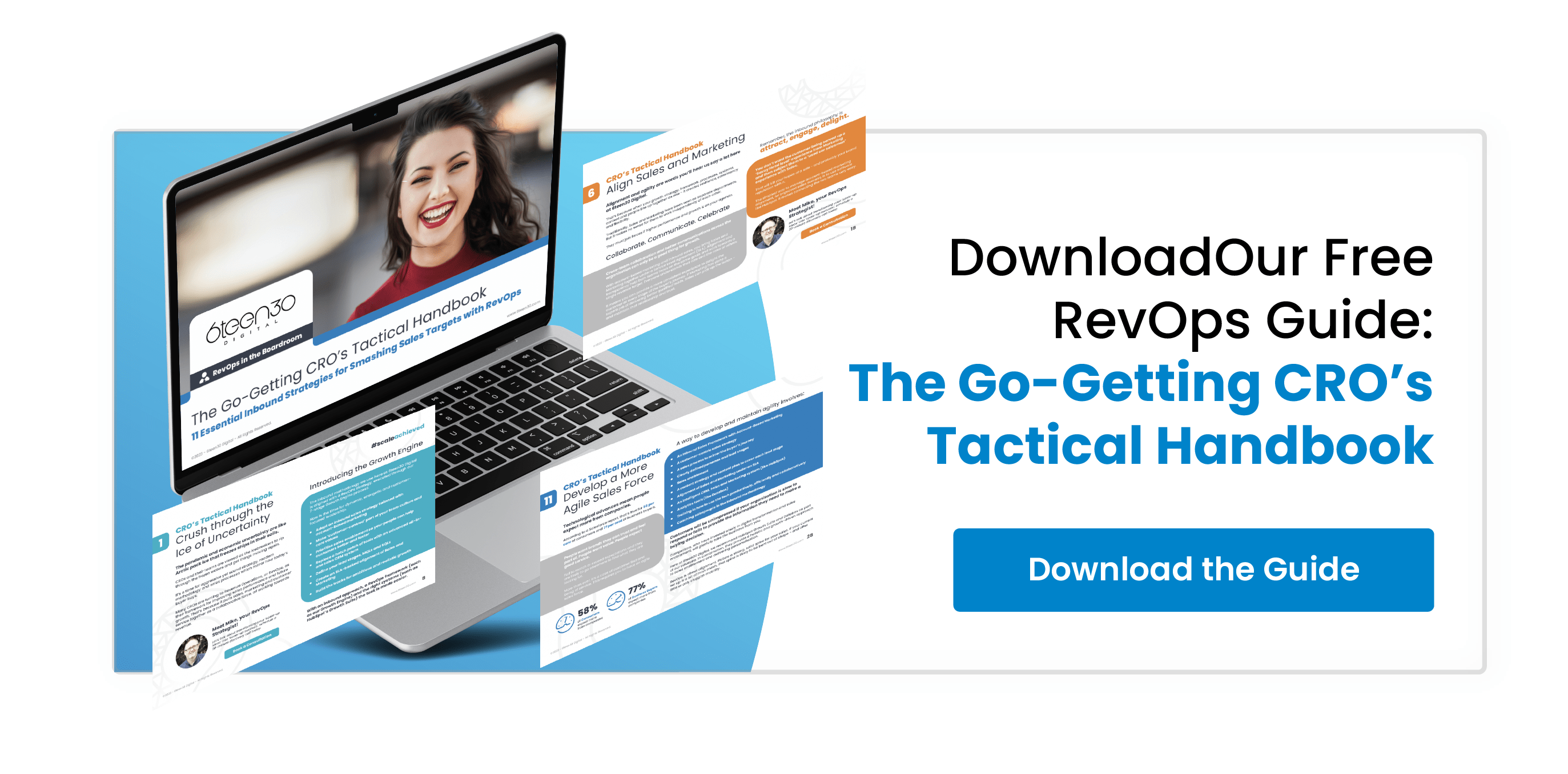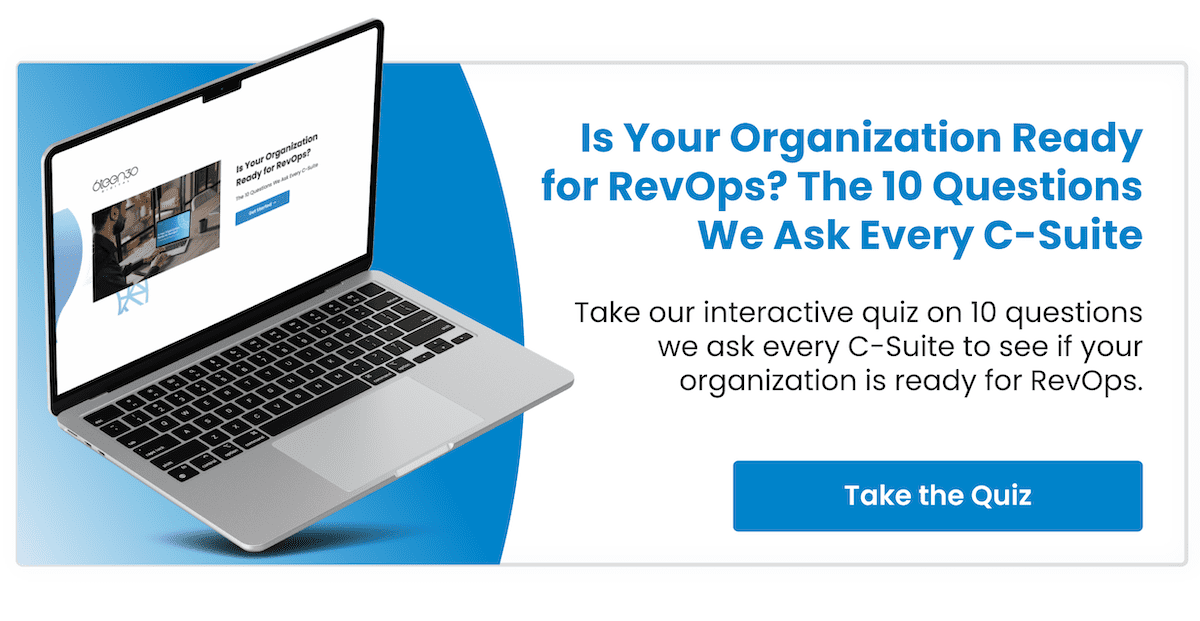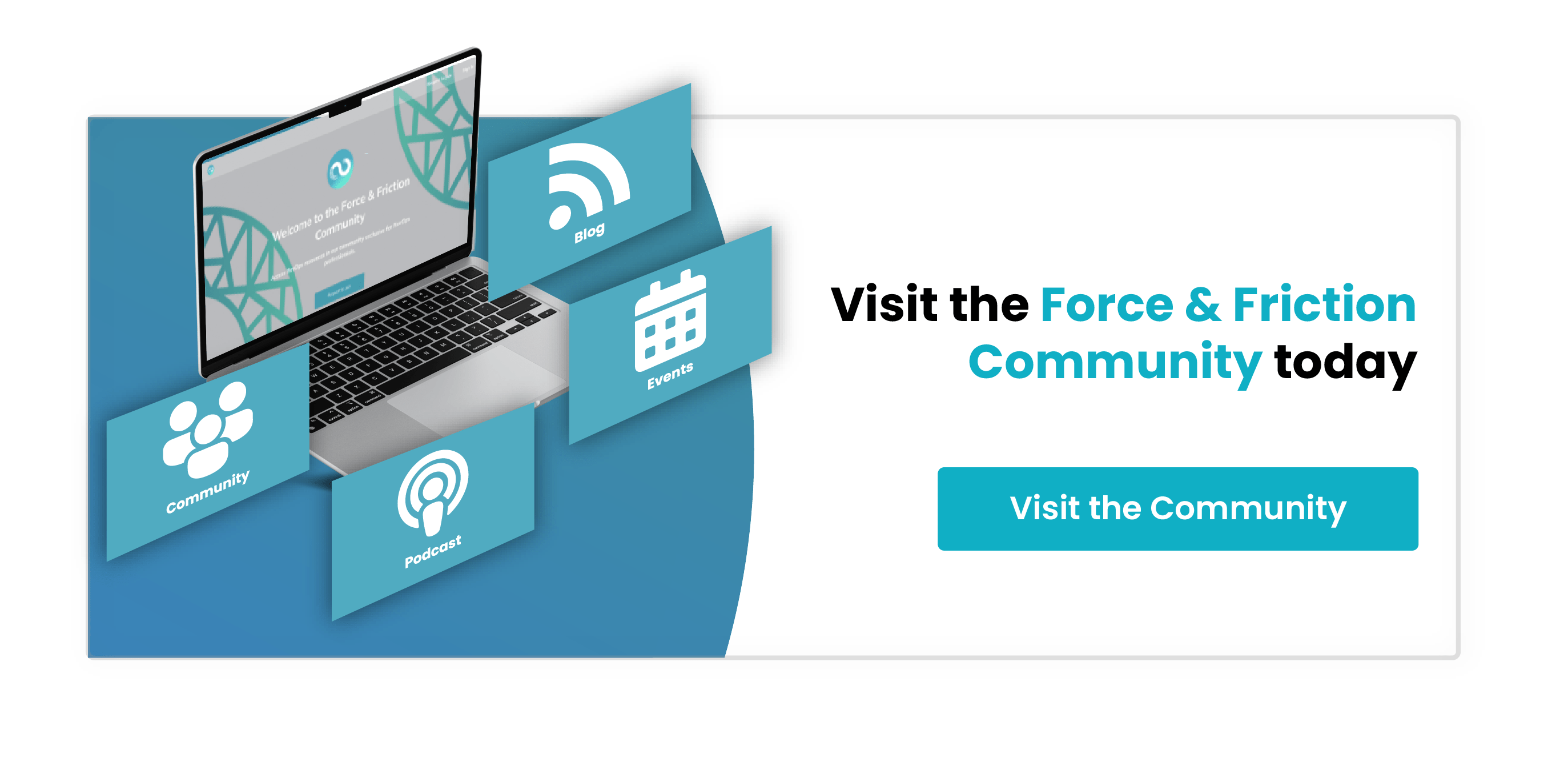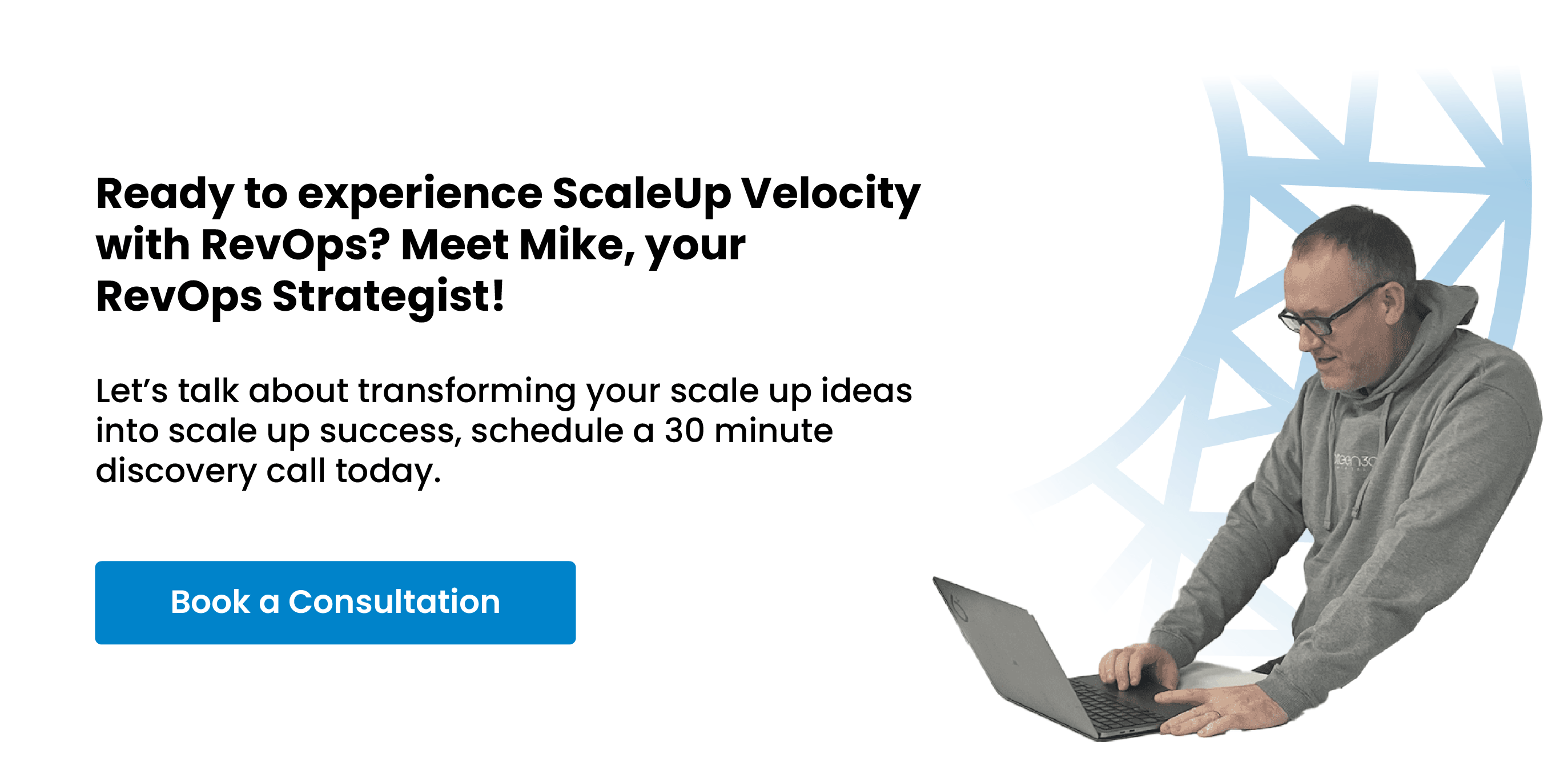
What now, CRO? 11 Key Revenue Growth Challenges for Ambitious Sales Leaders
Watching the world over the past year or so has been like looking through a kaleidoscope. A colourful, changing picture at every turn.
In business, there have been winners and losers. People affected in different ways.
Economic optimism in countries like China, India, and Indonesia has not been matched in Japan or Europe. The global picture remains uncertain yet expectations on sales leaders and their teams remain high.
All eyes are on consumer confidence, the worldwide rollout of vaccinations, levels of business support, hybrid working models, and the irreversible shift towards online shopping.
Sales leaders must find ways to enable their teams to be more customer-focused and perform strongly in the ‘new normal'.
Here are 11 interconnected key challenges facing the go-getting and growth-hungry CRO - and a pathway for meeting them.
1: Delivering Performance and Growth through Uncertain Times
The year 2020 has probably changed the world forever.
Shell-shocked economies. Battered businesses. People in a daze and confused from the pandemic and lockdowns.
Uncertainty about the economy and market presents a challenge to sales, pipelines, and forecasting the numbers. Customers are more sensitive to risk yet open to trying different brands - in search of a better price, better value, better quality, better service, or any combination of those.
According to a PwC survey last year, only one in four CEOs around the world was “very confident” about revenue growth prospects. But a Salesforce survey suggests sales leaders are more optimistic about closing deals, being an agile organisation, and having strategies for growth.
As the game plays out over the next few years, we’ll see who was more justified in their viewpoint.
Brace for Change, Embrace the Change
Change is part of the B2B and B2C landscape. Businesses must be willing to adapt, adjust and be flexible if they are to achieve (often aggressive) sales and revenue targets.
Time to ensure the foundations for growth are in place.
Realign with company values, vision, and culture. Assess the market, listen to your customers; re-evaluate your team, results, and targets. Review strategies, methodologies, processes, and tactics - and explore alternatives.
Higher-performing businesses appear to embrace a more customer-focused approach: using sales enablement, greater collaboration with marketing teams, account-based marketing, automation, AI technology, and data-driven decision-making.
2: Making Remote Working Succeed for Sales
Companies may have got used to the idea of employees working remotely from home - but it continues to add challenges for sales.
In 2019, Forbes detailed a study that revealed 57 per cent of sales reps were not meeting their targets. The pandemic will - for many trades and industries - not have helped to improve that level of performance.
Yes, there are economic and market factors. But there’s more to it than that.
A HubSpot survey revealed more than 40 per cent of salespeople say prospecting is the most challenging part of the sales process. Closing, with 36 per cent, is a close second.
Keeping the Personal Touch
Many salespeople are struggling with remote working. They’re ringing companies’ headquarters but finding calls bounce, as people are more often at home than in the office.
The challenge is how to enable salespeople to deliver personalised outreach without the luxury of in-person meetings or endless call opportunities.
It’s why companies are adopting a more customer-centric, multichannel communications approach. Organisations are looking at how to provide their people with the right tools - such as advanced CRM solutions - resources and assets to serve customers at every stage of the pipeline.
The go-getting player has already ripped up the old sales playbook - and created a fresh, vibrant and dynamic new edition for remote and hybrid working models.
3: Delivering Sales Team ROI
Like a successful on-screen double act, sales is always paired with revenue.
(At times, it may feel as if no other department has a responsibility to make the company money).
Richardson’s 2019 Selling Challenges Study revealed the two biggest hurdles to successful growth as competing against a low-cost provider and creating competitive differentiation.
Sales leaders and teams are also preoccupied with how to:
- Add value and insight to customer conversations
- Become a trusted advisor
- Gain appointments
- Maintain profitability.
The Way Forward
Delivering sales ROI requires clear thinking, energy, and focus.
Methodology and processes need to be embedded with strategy. Salespeople, according to HubSpot, spend just a third of their day speaking to prospects. Give them the means to be more productive and have more valuable customer conversations.
Account-based marketing puts a focus on attracting high-value customers. Automation and smart technology create room for better collaboration, greater efficiency throughout the sales cycle, and the potential to reduce acquisition costs.
When revenue performance fails to meet expectations, everyone knows where the finger will get pointed first. It’s sales. It always is.
The go-getting CRO will have the answers - and a plan for turning things around.
4: Shortening the Sales Cycle
For many businesses, the pandemic has caused disruption to the sales cycle.
Typically, it takes longer for a lead to become a paying customer. That affects resources and revenue.
If salespeople spend more time closing the average deal, they have less time for nurturing new opportunities. That restricts the potential for expanding the customer base and delivering higher growth.
Assuming Marketing has done its job, of delivering more qualified leads, it’s up to Sales to seal the deals.
A New Type of Relationship
A Salesforce study in 2020 revealed only 24 per cent of sales professionals were “completely confident” in their ability to close deals.
Some of that reticence may be down to the changing nature of the relationship with customers during the sales journey. Pandemic restrictions on travel and in-person meetings have accelerated the use of online communications.
In the past three years, virtual touchpoints with customers have risen 3.2 times more than seeing customers in person.
High-performing companies already recognise the importance of empathy, insights, and trust for developing long-term customer relationships. The art now is to maintain that quality of relationship via virtual selling.
It’s why sales enablement is trending. It means:
- Having a robust yet flexible sales pipeline framework
- More conversations with better quality leads
- Smarter use of technology
- Team members are trained and supported
- Delivery of key content and value at every stage of the buyer’s journey.
5: Maintaining an Effective Lead Management and Lead Scoring System
According to a survey by Gartner, 49 per cent of sales leaders see accelerating early pipeline, lead generation, and lead management efforts as most critical to their organisation’s short-term success.
Logical in theory. More challenging in practice.
The same study revealed only 43 per cent of sales leaders were “fully prepared” to deliver the same value in virtual engagements with customers as they did with in-person meetings before the pandemic.
Track and Act
Inefficient lead management and the lead scoring system allow potential sales to slip through the net, regardless of strategy.
Businesses need to be able to track their lead sources, distribute leads swiftly and surely, and have a way to serve potential customers at every touchpoint.
Sales teams need to understand the difference between a hot lead, lost cause, and slow burner. An advanced CRM system like HubSpot, which is able to track a prospect’s every move with precision in real-time, means your salespeople can respond in the best way: make a call, send a video message or use automated appointment booking.
When someone engages with you, they get plus points. When they go quiet it’s negative points. As the lead scoring goes up or down, you can better assess the next step.
Underpinning it all is a more consultative (less persuasive) approach. ‘Customer first’ is no longer a platitude. It’s a strategic philosophy for successful growth.
6: Reducing Friction Between Sales and Marketing
If sales professionals ever took to the streets to protest, it would probably sound a bit like this.
Demo leader: “What do we want?”
Sales Crowd: “Leads.”
Demo leader: “When do we want them?”
Sales crowd: “Now!”
Typically in organisations, it’s the job of marketing to deliver qualified leads to sales. Sales convert those leads to customers.
These two departments or teams tend to operate independently, even though their work serves and impacts the other.
And That’s the Problem
They should be working together - for the greater good of the company.
Instead of silo mentality and blame games, you could have two teams collaborating with clear objectives and revenue goals. Marketing and sales professionals working together (bound by a Service Level Agreement) to deliver more quality leads and close deals faster.
There might be resistance (it comes with the territory of change) but the arguments for making it happen are strong. Time for Sales to make the case?
7: Making Personalisation Count
According to NewVoiceMedia, lost sales cost businesses an estimated $62 billion US dollars a year.
But get this.
Two-thirds of customers change vendor or supplier because they no longer feel valued. Not because of a fancy deal or lower price offered by a competitor.
Poor after-sales care or customer service may be an issue. But that doesn’t let Sales (or Marketing) off the hook.
Customers want help making a decision. They want reassurance they have made the right buying choice. They want to follow and invest in brands they like and trust.
Value Customers at EVERY Stage of the Journey
In a report by Salesforce, 58 per cent of consumers and 77 per cent of business buyers felt technology had changed their expectations of companies.
Customers no longer want to be ‘sold to’. They want a more personalised, customised, and consultative process before they make a purchase.
The question for sales teams is no longer ‘How do we persuade better?’ but ‘How can we better serve and add value to our customers every step of the way?’ Sales enablement - giving your people the right tools, resources, and assets - is part of the answer.
You have to sell how your buyers buy.
Companies who ignore this power shift, or fail to deliver, are likely to see that reflected in their revenues and profitability.
8: Maintaining an Effective Sales Enablement Lead Nurture Strategy
The pandemic has lengthened the sales cycle for many businesses.
A typical response has been to find ways to shorten that cycle. And that makes good sense.
That approach requires sales to get better leads. This tends to concentrate minds on cajoling and coaxing the ‘most likely’ buyers. The danger of this, if the focus is too narrow, is organisations can miss out on medium-term and longer-term success, especially in the B2B sector.
SiriusDecisions reports that “80 per cent of bad leads in B2B go on to make purchases within the next two years.”
Plan for Timely Success and Growth
This is why lead nurturing and sales enablement should be woven into the sales strategy.
It’s about building empathy, relationships, and trust with your audience. They will buy when they are ready. It is the task of a business to continue to serve and add value at every stage of the sales journey.
Failure to guide the B2C or B2B buyer, and help them navigate towards a purchase or investment, means the likelihood of lost sales.
There’s a balance required between aiming for quick wins and shorter-cycle sales, and a reliable, rising flow of leads for higher-value deals further down the line.
9: Balancing Performance and Staff Morale
If surveys and conversations are anything to go by, many CROs, commercial directors, and sales directors are feeling the pressure.
Revenue targets to hit each month. The need to deliver on growth. The desire to keep hold of (and recruit) the best people.
There’s a sensitive balancing act in a play. On the one hand, the CRO demands performance. But without sales enablement, training, and support for the team - especially in these unprecedented times - there’s a danger of mental health issues, burnout, or losing your best people.
Manage or Micromanage?
According to a 2020 Salesforce report, two in every three salespeople say enforcement of activity logging is stricter than in 2019. And outside reps are under facing increasing monitoring of all that they do.
This may or may not be a constructive trend.
If your salespeople are motivated and feel supported to do a better job at each touchpoint, that sounds positive. But if it’s perceived as “We don’t trust you”, that could dent morale, prevent high performance, and ultimately lead to departures.
What kind of sales culture and balance are you creating? How are you using coaching and mentoring to develop your people?
10: Maximising the Benefits of Digital Transformation
The wheels of the Digital Revolution are spinning faster and faster every year.
Businesses can stick their head in the sand or seriously explore how technology can help deliver better sales performance and growth. It appears most have got the message.
A 2020 Salesforce survey revealed 77 per cent of sales leaders say their digital transformation has accelerated since 2019.
According to HubSpot research, organisations are spending ‘substantially more’ on technology now compared to two years ago. Sales enablement tool usage, for example, is up 567 per cent.
Tech Won’t Replace Salespeople, but...
... having the right technology and automation in place will make the sales task easier (especially if your people are trained to use it effectively).
An integrated system, like HubSpot, provides grown-up CRM functionality and avoids a patchwork of ill-fitting apps. It facilitates efficient cross-team communications and collaboration, automates content delivery, and allows tracking and analytics to deliver real-time data for decision-making.
Businesses with no tech or low tech will get left behind. That’s a given.
However, it’s one thing having the best technology. Winners understand how to make the best use of it, free up their people to ‘work their magic’, close deals faster, and generate strong ROI on the investment.
11: Developing and Recruiting a More Agile SalesForce
Business buzzwords for 2021 are likely to be flexibility, service, sales enablement, value, and agile.
The past year or so has often felt like a case of ‘survival of the fittest'. Many, including big names, have fallen on the commercial battleground.
Steering recovery and growth requires sound strategy, the right people, and the smart use of technology. Change is a given. The ability to adapt is key.
Enable Your Team, Reap the Sales
People want to be valued. Good people want to grow their experience, knowledge, skills, and understanding. Everyone likes a bit of recognition, praise, and encouragement.
High-performing sales teams are marked out by:
-
Ability to deliver consistent results, regardless of the economic landscape
-
A customer-centric approach and focus
-
Willingness to embrace technology and learn new skills
-
A culture of motivation, support, and reward
-
Use of data and tracking to better understand customer needs and wants
-
Having clear responses and content ready for every touchpoint
-
Good communications and collaboration with other departments
-
A strong understanding of (and ‘buy in’ to) organisational vision and strategy
-
Ability to adapt to change (and make necessary changes)
It is why companies are exploring and using approaches like inbound sales, account-based marketing (ABM), sales enablement, and CRM automation.
It is why organisations want salespeople who know how to speak to different kinds of decision-makers - and understand their specific challenges. People who have strong analytical, problem-solving, and communications talents.
Teams without clarity, strategy, the right tools, or up-to-date skills are going to struggle in achieving significant growth. Where do you need to make an investment, to reduce the risks and encourage above-average performance?
Revenue Operations - The Rising Star
Faced with these significant challenges, an increasing number of CROs are turning to Revenue Operations, also known as Rev Ops or RO.
This approach aligns sales, marketing, and customer service operations across the complete customer life cycle to drive growth.
Shared revenue targets mean all teams are accountable for revenue, not just sales.
Shared data means teams can work together better for the greater good and the company better predict performance. Synchronised activity increases operational sales efficiency.
Rev Ops has been described as building the tracks and keeping the trains running on time.
The biggest challenges to implementation are typically company resources, inconsistent data, and disconnected systems. It’s why organisations often reach for outside support to make it all happen.
Here at 6teen30 Digital, we use Revenue Operations to help clients align their marketing, sales and customer service teams. Our strategic GamePlan Workshop process combined with the HubSpot Growth Suite delivers a customised RevOps solution.
Statistics suggest the investment is worth exploring.
HubSpot research says companies with aligned departments close 38 per cent more deals. A study by SiriusDecisions found public companies using Rev Ops saw 71 per cent higher stock performance.
If RO is delivering ROI in those kinds of numbers, it’s little wonder more and more CROs and C-suites are exploring its possibilities.
To explore RevOps solutions from 6teen30 Digital, you can view our RevOps Journey path.
Turning Challenges into Opportunities
Today’s smart-thinking and growth-hungry CRO is under more pressure than ever.
The everyday challenges are stacked with those created by the global pandemic and its impact on the economy. Balancing performance and the welfare of employees has not been easy for many, many companies.
As uncertainty hovers over the world like early morning fog, organisations can expect more change in the years ahead.
Key challenges revolve around the strategic direction for growth, creating a strong organisational culture, enabling salespeople, ending silo mentality, and optimising the power of AI and automation technology.
The focus is turning to customer-centric activity, gaining a deeper understanding of customers, improving collaborative systems, and finding accurate and reliable data to drive decisions for sales performance and growth.
To discover more about how to use inbound strategies for successful Rev Ops growth, 6teen30 Digital has produced a free guide, called The Go-Getting CRO’s Tactical Handbook.








%20-%20Teal.png?width=500&height=130&name=Force%20%26%20Friction%20-%20Branding%20-%20Logo%20(White)%20-%20Teal.png)